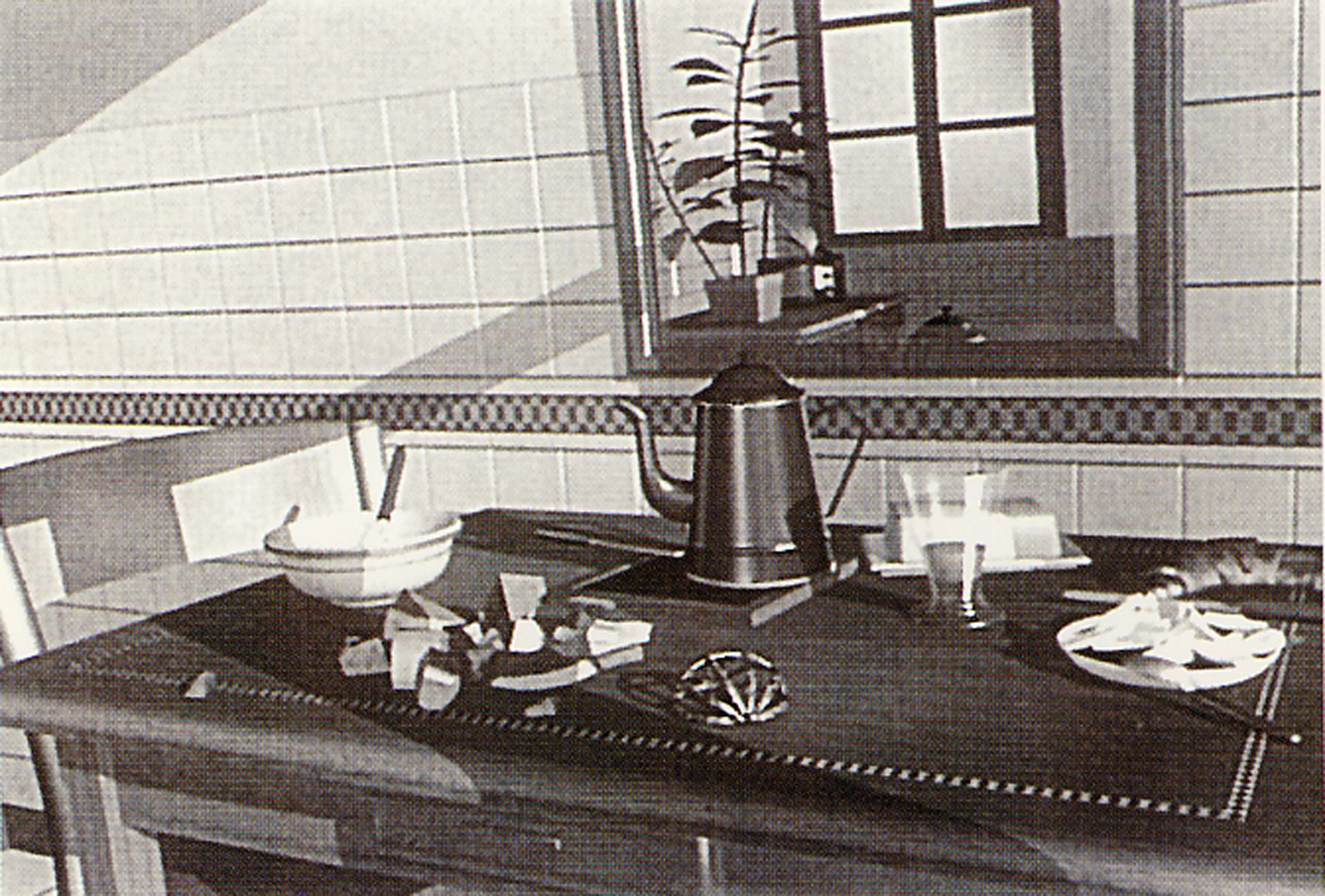The Relation of Architecture and Electronic Space
Session Title:
Presentation Title:
Presenter(s):
Abstract:
Abstract
Chairs, tables, staircases, windows and doors are elements of a vocabulary belonging to the language of architecture. It seems a strange thing that these terms have been taken over by the emerging language of “Electronic Space”. Virtual space installations like “Sound Arch”, (Bernhard Leitner), “Huxley’s Door” (Ruth Schnell), “The Legible City” (Jeffrey Shaw) or “Columnism” (by the author) use elements of an architectural language. By analogy to organic architecture (Eero Saarinen, Charles Eames et al.) which picked up concepts from biology, we might now speak of “Architectonic Electronics”.
This does not mean, that electronic space will supply a brand new set of doors, chairs and tables (like organic architecture did not build new kinds of animals), it just means that in the paradigmatic shift from a world made up of bricks, wood and concrete to a world shaped by data-structures, we still feel bound to the formative imperative of physical laws, concepts and restrictions The terminology of computer science and computer business points to the same direction: “Desktop”, “Windows” and “Gates” illustrate the notional inclination to mingle abstract concepts with concrete architectonical components. In accordance to Thomas S. Kuhn’s thesis about the structure of scientific revolutions one would have to suspect that architectonic space and electronic space are incommensurable. We might use words like wall, window or door in each of those spaces, yet the words mean completely different things in each of them. The link between the old and the new paradigm of space is built upon a contradictory set of terminological items. Whereas computer business wants to make us believe that nothing has changed, that we still sit in front of the desktop, have the paintbrush in our hand and look through the same old windows, computer art makes us aware that nothing is the same any more. We are facing the doors, the gates and the whole furniture, but we have already left the house.





